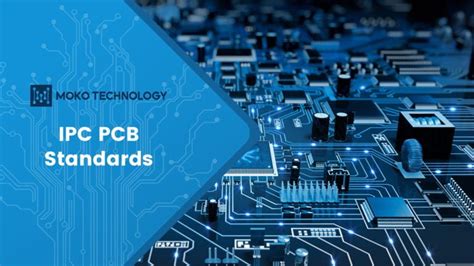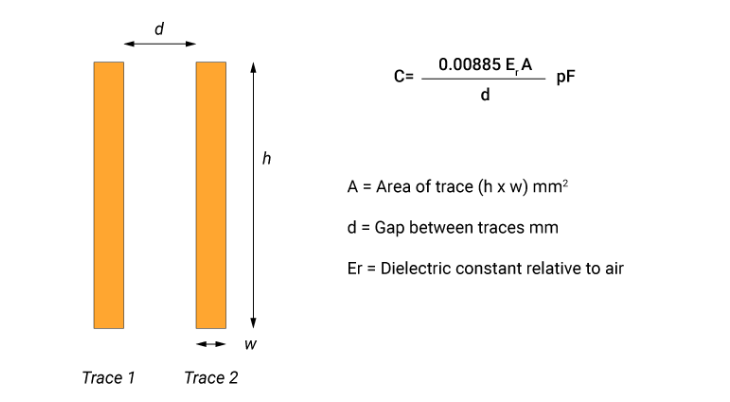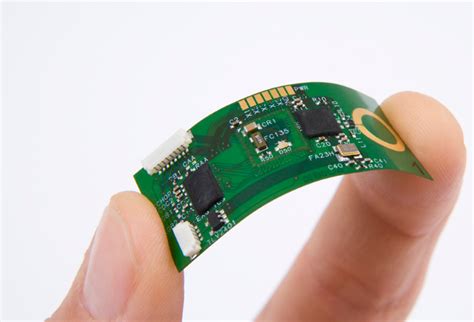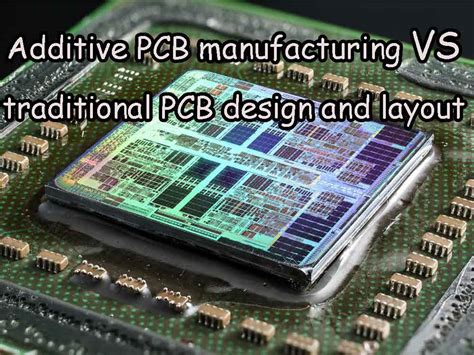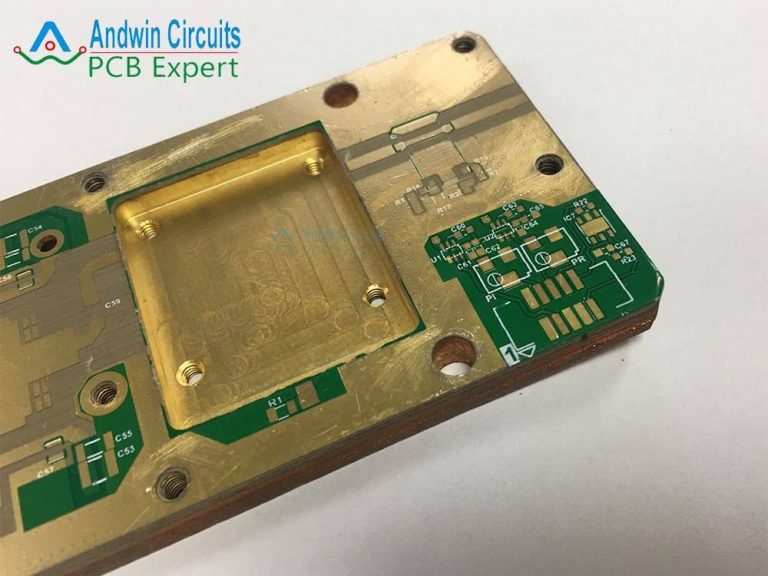Mastering PCB Circuits: The Future of Electronics Design
Key Takeaways
Understanding the fundamental aspects of PCB design is crucial for anyone involved in the pcb manufacturing process. You’ll discover that the cost factors associated with pcb manufacturing are dynamic and influenced by various elements such as materials, technology, and production volume. Working with the right pcb manufacturing companies can significantly streamline your projects, providing not only competitive pricing but also efficiency in design and delivery. As you delve into innovations in circuit technologies, it becomes evident how advancements can improve both performance and sustainability within your pcb manufacturing business. Staying informed about evolving trends will enable you to make informed decisions that can enhance your product offerings while keeping an eye on potential challenges in pcb manufacturing cost management. Embracing these insights will empower you to adapt and thrive in an ever-evolving industry landscape.
Mastering the Basics of PCB Design
Understanding the fundamentals of PCB design is crucial for anyone involved in electronics. A Printed Circuit Board (PCB) is where components are connected and integrated, allowing for electronic devices to function effectively. It’s important to grasp concepts such as layer stacking, traces, and pads. In your pursuit of creating successful PCBs, consider the role of various pcb manufacturing companies that provide tools and resources to aid in this process.
To ensure cost efficiency in your projects, keep an eye on the pcb manufacturing cost which can vary based on materials and complexity. Opting for simpler designs or partnering with reputable pcb manufacturing businesses can reduce your overall expenses, helping you allocate resources for more innovative components.
“Mastering basic PCB design principles can save time and money while enhancing your project outcomes.”
As you delve deeper into circuit design, remember that knowledge of design rules and electronic component placement will not only improve circuit performance but also ease the transition into more advanced techniques. With a solid foundation in these basics, you’re well-equipped to explore innovations in circuit technologies that are shaping the future of electronics design.
Innovations in Circuit Technologies
In the rapidly evolving landscape of PCB manufacturing, innovation plays a crucial role in enhancing efficiency, performance, and functionality. Cutting-edge developments in circuit design are changing the way you approach PCB manufacturing companies and their processes. By leveraging advanced simulation tools and design software, you can significantly reduce design errors and fast-track your development cycles. This is particularly important given the increasing complexity of electronic devices, which require intricate circuits.
The incorporation of automated technologies within the PCB manufacturing process has also transformed operational capabilities. Automation not only optimizes production lines but also reduces the PCB manufacturing cost, making it more feasible for businesses to scale up operations while maintaining high quality. For instance, automated optical inspection (AOI) systems can detect defects with exceptional precision, contributing to overall reliability.
Moreover, as you explore your options in establishing a PCB manufacturing business, it’s vital to stay informed about smart materials and integrated IoT solutions that improve circuit efficiency and energy consumption. Materials like flexible substrates are paving the way for next-gen circuits that are more adaptable to various technologies.
The table below highlights some of the groundbreaking innovations impacting circuit technology:
| Innovation | Description |
|---|---|
| Advanced Simulation Tools | Enhanced accuracy in predicting performance before physical prototyping. |
| Automation Technologies | Streamlining production processes while reducing human error. |
| IoT Integration | Enabling real-time data communication for smarter devices. |
| Flexible Materials | Providing adaptability for diverse electronic applications. |
As these trends continue to shape the future of PCB manufacturing, consider how they align with your objectives and strategy within this dynamic field. You can explore more about these innovations at Andwin PCB. By adopting these advancements, you position yourself at the forefront of this exciting industry transformation.
Trends Transforming PCB Manufacturing
In the rapidly evolving landscape of PCB manufacturing, several trends are poised to redefine the industry. One significant movement is the integration of advanced automation technologies that streamline production processes and enhance precision. As you explore different PCB manufacturing companies, you’ll notice a growing emphasis on reducing PCB manufacturing costs while simultaneously increasing output quality and efficiency. This evolution not only benefits manufacturers but also plays a crucial role in meeting the ever-growing demand for electronic devices. Furthermore, the adoption of sustainable practices is becoming increasingly vital in the PCB manufacturing business. Companies are focusing on minimizing waste and utilizing eco-friendly materials, ensuring that their processes align with global standards for sustainability. As you keep an eye on these trends, you’ll find that staying updated not only fosters innovation but also prepares you to meet future challenges effectively in this competitive field. The incorporation of smart technologies is yet another pivotal shift, promising to enhance connectivity and functionality in next-generation circuits, ultimately shaping how electronic devices integrate into your everyday life.
Sustainable Practices in Electronics Design
As you navigate the realm of PCB manufacturing, the integration of sustainable practices has become increasingly vital. By prioritizing eco-friendly materials and methods, you contribute to a greener future while also considering the PCB manufacturing cost. Many PCB manufacturing companies are adopting innovative techniques such as using recyclable materials and implementing energy-efficient processes, which not only reduce waste but can also lower overall production costs. When selecting a PCB manufacturing business, look for those committed to sustainable practices, as this can enhance your project’s environmental impact and appeal to a growing market of conscious consumers. Emphasizing sustainability in your designs and choosing partners who value it will help streamline your processes, potentially leading to reduced operational costs and improved product lifecycle management. By focusing on these principles, you’re not just contributing to environmental preservation; you’re also paving the way for a more competitive stance in an evolving industry landscape.
The Role of Automation in PCB Production
As the demand for faster and more efficient PCB manufacturing increases, automation plays an essential role in meeting these expectations. In modern pcb manufacturing, leveraging advanced technologies can significantly enhance the quality and speed of production. With automation, your pcb manufacturing business can reduce human error, optimize workflow, and lower production costs. This not only streamlines operations but also allows pcb manufacturing companies to scale effectively, keeping up with the rapid evolution of electronics. Implementing automated processes can lead to significant cost savings—when you consider factors like labor and material efficiency—the overall pcb manufacturing cost can be substantially decreased. Additionally, automation in PCB production supports the integration of advanced design software and equipment that help monitor processes in real time, enabling you to make informed adjustments swiftly. This proactive approach ensures that your designs meet stringent quality standards while also adapting to emerging technological trends. Ultimately, embracing automation is not just about keeping pace; it’s about positioning your business at the forefront of innovation in the electronics landscape.
Advanced Materials for Next-Gen Circuits
In the rapidly evolving landscape of PCB manufacturing, advancements in materials play a pivotal role in the development of next-generation circuits. You may find that PCB manufacturing companies are increasingly turning to innovative materials that enhance performance and reduce costs. For instance, materials such as flexible substrates and high-frequency laminates are being adopted to enable more versatile designs and improve signal integrity. The incorporation of these advanced materials not only impacts the PCB manufacturing cost but also influences thermal management and electrical performance, which are crucial for modern applications. Furthermore, as you delve into your PCB manufacturing business, understanding the advantages of these cutting-edge materials will allow you to create products that meet evolving consumer demands and regulatory requirements. By staying informed about innovations in material science, you can future-proof your designs and contribute to a more competitive edge in the industry.
Future-Proofing Your PCB Designs
To stay ahead in the rapidly evolving world of electronics, it’s essential to focus on future-proofing your PCB designs. Begin by understanding the dynamics of pcb manufacturing processes and how they can be adapted to meet emerging technological demands. As the industry shifts towards smarter solutions, collaborating with cutting-edge pcb manufacturing companies can provide you with insights into innovative design techniques and materials that enhance durability and performance. It’s crucial to consider the long-term viability of your designs; a well-planned approach can significantly reduce the pcb manufacturing cost in future iterations. Embrace modular designs that allow for easy upgrades and repairs, ensuring your products remain relevant as new technologies emerge. Additionally, integrating sustainable practices within your pcb manufacturing business not only aligns with growing environmental concerns but also appeals to increasingly conscientious consumers. By focusing on these principles, you empower your designs to adapt seamlessly to future developments in the electronics landscape.
Integration of IoT in Circuit Design
The integration of the Internet of Things (IoT) into circuit design represents a monumental shift in how PCBs are conceptualized and manufactured. As you explore this territory, you’ll notice that pcb manufacturing companies are increasingly focusing on creating smart and connected devices, which necessitate a comprehensive understanding of both hardware and software interactions. This evolution has led to the development of innovative approaches that enhance functionality while reducing pcb manufacturing costs. With the rise of the IoT, your designs must account for various factors, including power management and data processing capabilities. A pivotal aspect is how these integrated systems can communicate effectively, often relying on compact components that can seamlessly fit into your overall design ethos. Furthermore, collaborating with forward-thinking pcb manufacturing businesses can provide you with access to state-of-the-art technologies tailored for IoT applications. As this integration continues to advance, it is essential to stay informed about trends that signify not just survival but success in a rapidly evolving electronic landscape. Thus, embracing these innovations is crucial for future-proofing your PCB designs, enabling them to adapt to an ever-connected world.
Conclusion
As you navigate the evolving landscape of PCB manufacturing, it’s essential to stay informed about the myriad of factors influencing your work. The advancements in circuit technologies not only streamline the design process but also significantly impact the PCB manufacturing cost. By understanding how various PCB manufacturing companies innovate, you can make more informed decisions for your projects. These innovations come at a critical time when industries are increasingly prioritizing efficiency and sustainability in electronics design.
Moreover, as you explore your options for entering or expanding within the PCB manufacturing business, consider the integration of IoT and advanced materials that are shaping next-gen circuits. This proactive approach will empower you to develop designs that not only resonate with current trends but are also adaptable for future demands. In essence, by mastering these elements, you position yourself at the forefront of cutting-edge PCB manufacturing, ensuring that your contributions remain relevant and impactful in a competitive market.
FAQs
What are the most common factors affecting the pcb manufacturing cost?
The pcb manufacturing cost can be influenced by various factors, including the complexity of the circuit design, the quantity of boards being produced, and the choice of materials. Additionally, specialized features like multilayer designs or high-frequency capabilities can raise costs.
How do I choose reliable pcb manufacturing companies?
When selecting pcb manufacturing companies, consider their reputation, experience in your specific industry, and feedback from previous clients. It is also beneficial to evaluate their production capabilities and meet your specific design requirements efficiently.
What is the difference between pcb manufacturing business models?
Various pcb manufacturing business models include contract manufacturing, where a company outsources its PCB production, and in-house manufacturing, where a company handles all PCB production internally. Each model has its benefits based on costs and quality control.
Can automation improve PCB production efficiency?
Yes, automation plays a vital role in enhancing PCB production efficiency. By integrating automated processes into your pcb manufacturing, you streamline workflows and reduce errors—ultimately leading to cost savings and quicker turnaround times.

